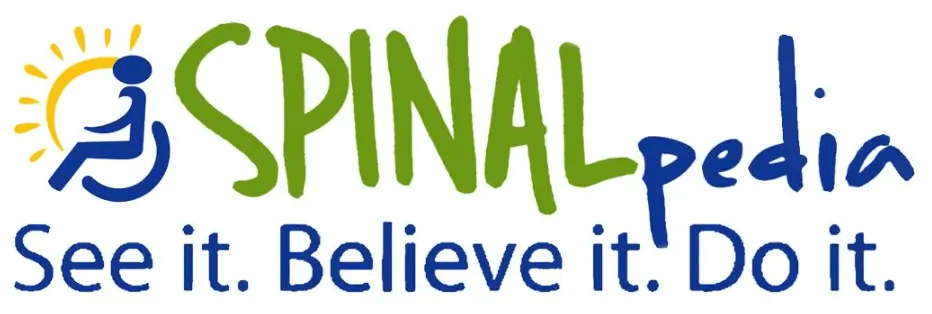
Spinal cord injury research has come a long way since stem cells were discovered at the University of Madison, Wisconsin in 1997. Since this discovery, the spinal cord injury community has stayed hopeful that a treatment for paralysis may one day be found.
In the last decade, the newest model of research that has excited the paralysis community is epidural stimulation, a technique in which the spinal cord is stimulated by electricity. Researchers at the University of Louisville Kentucky and UCLA have discovered that epidural simulation can help people with complete spinal cord injuries regain motor function. This is one of the most impactful findings ever to come from SCI research.
Read below to learn more about stem cell research, epidural stimulation, and other treatment methods that researchers believe may someday be a cure for spinal cord injuries.
Cell Replacement Therapy
One of the areas of spinal cord injury research that holds the most promise is stem cell research. In the area of SCI research known as “cell replacement therapy,” various stem cell replacement therapy programs exist. These programs involve a variety of cell replacement methods including embryonic stem cell injections, Schwann cell transplants (cells taken from the patient’s own body), and nasal cell transplants.
Human clinical cell replacement therapy trials are underway in the United States and across the world. For the latest information regarding stem cell research and other cell replacement clinical trials, click here: https://www.nih.gov/health-information/nih-clinical-research-trials-you/finding-clinical-trial
Epidural Stimulation

Discovered in 2006 by Dr. Susan Harkema at the University of Louisville Kentucky, epidural stimulation can help people with paralysis regain function and, in some cases, regain sensation. Epidural stimulation involves surgically implanting a stimulator near the injured area of the spinal cord. When turned on, the stimulator helps the person move their legs or feet. This technique may sometimes help a person with restoring sensation.
Dozens of people across the country have already undergone epidural stimulation treatment with successful results. People with both incomplete and complete spinal cord injuries have seen success and improvement through this treatment. Epidural stimulation has enabled many people to partially move their legs again, allowing them to stand up and take a few steps when the stimulator is activated. Others have also reported a return of their autonomic functions, such as bladder and bowel control, breathing, and sexual function. Some have also reported a restoration in their mobility after the stimulator is turned off (after continued use). Learn more: https://www.victoryoverparalysis.org/epidural-stimulation/
Brain-Computer Interfaces
Some researchers are looking to technology to find a cure for spinal cord injuries. One of the most common modes of technology research for paralysis is brain-computer interface technology. This research involves developing technology that can bypass damaged nerve circuits in the spinal cord to establish a link between the brain and an implanted device. By bypassing damaged nerve pathways, this technology can help induce movement and control the person’s paralyzed muscles. A FES (functional electronic stimulation) device would likely be used inside the body to help move the paralyzed limbs.
Learn more about the latest in SCI research:https://www.christopherreeve.org/research/reeve-stem-cell-research/stem-cell-research.
More:
– Watch: Why Spinal Cord Injury Research Needs You! https://spinalpedia.com/video/4E21jkK5ylw
– Listen to our podcast: Life After Paralysis podcast: Episode Current State of Spinal Cord Injury Research w/ Dr. Lyn Jakeman and Rob Wudlick https://spinalpedia.com/blog/2019/06/life-after-paralysis-podcast-episode-1-current-state-of-spinal-cord-injury-research-w-dr-lyn-jakeman-and-rob-wudlick/










